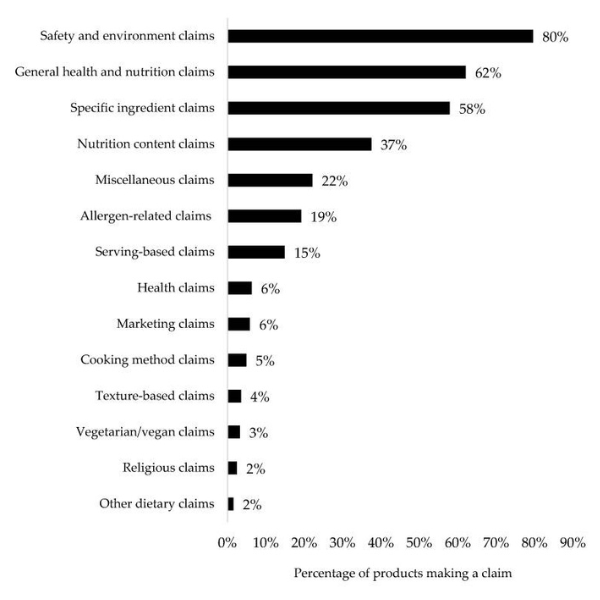Sweet Deception: Are Baby Foods Nutritious?
Despite the attractive marketing claims, many baby food products are failing to meet nutritional standards and recommendations.

Read Time: 2 minutes
Published:
The baby food aisle overflows with colorful packaging and enticing claims. Parents exploring the aisles face a lip-smacking array of choices, from organic labels to fruit-adorned pouches. Beneath these colorful exteriors, a concerning pattern persists – one that pits convenience against nutrition in the crucial early years of a child’s development.
Daisy H. Coyle and colleagues investigated the nutritional content of commercial infant and toddler foods in the United States. Using The George Institute’s FoodSwitch database, they analyzed 651 products from the top 10 U.S. grocery chains, extracting information from product photos including manufacturer details, ingredients, nutrient information, and all health- and nutrition-related claims on packaging.
The research team conducted two key analyses using the World Health Organization’s Nutrient Profile and Promotion Model (NPPM), which sets benchmarks for food categories based on energy density, sodium content, sugar levels, and protein content. First, they assessed each product’s nutritional content across eight food categories including dry cereals, dairy foods, fruit and vegetable purées, savory meals, snacks, and drinks. Second, they evaluated packaging elements including product names, ingredient lists, and marketing claims against WHO guidelines.

The figure above reveals manufacturers’ extensive use of marketing claims. Safety and environmental claims appeared on 80% of all products – typically statements about being “non-GMO” or “BPA-free.” General health and nutrition claims were found on 62% of products, often highlighting “organic” status. Nearly all products (99.4%) displayed at least one claim prohibited by WHO guidelines, which require scientific evidence to support any claims about a product’s nutritional or health benefits.
This barrage of claims creates a “health halo“– an aura of wholesomeness that often masks concerning nutritional profiles. When examining the actual nutritional content against WHO NPPM benchmarks, 60% of products failed to meet standards. The problems were significant: 70% of products contained inadequate protein, and 44% exceeded recommended sugar levels. This disconnect between marketing claims and nutritional quality was particularly evident in pouch products, where fewer than 7% met WHO sugar recommendations.
Attractive packaging and marketing in the infant and toddler food sector does not ensure children receive the balanced diet they need for healthy development.



